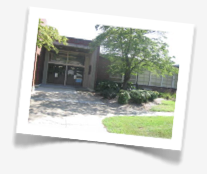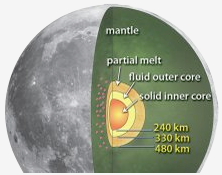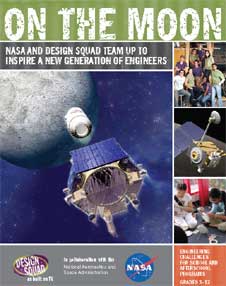Colleen Orman, a NASA Explorer Schools teacher at Oceanair Elementary, attended a recent Fingerprints of Life e-professional development session. She used one of the additional resources suggested during the live Web seminar, a lesson called “Is It Alive?”

Her students tested soil samples representing soil from a site on Mars. They investigated ways to determine which soil samples had life forms. After coming up with parameters to judge what would be considered living organisms, students observed each sample and recorded their observations.
Read more about Colleen’s experiences with this activity in the NASA Explorer Schools Fingerprints of Life: Extremophiles forum in NEON. The complete write-up on this activity is available in that forum.
Link to the NES Virtual Campus home page.

 A new generation of small, smart, versatile robotic landers will aid in the exploration of airless bodies such as the moon and asteroids. The design is based on cutting-edge technology, which allows precision landing in high-risk but high-priority areas. This technology enables NASA to achieve scientific and exploration goals in previously unexplored locations.
A new generation of small, smart, versatile robotic landers will aid in the exploration of airless bodies such as the moon and asteroids. The design is based on cutting-edge technology, which allows precision landing in high-risk but high-priority areas. This technology enables NASA to achieve scientific and exploration goals in previously unexplored locations. Are you looking for an extension for the Lunar Surface Instrumentation Content Module on the NASA Explorer Schools Virtual Campus? Bring current NASA discoveries into your classroom with this article!
Are you looking for an extension for the Lunar Surface Instrumentation Content Module on the NASA Explorer Schools Virtual Campus? Bring current NASA discoveries into your classroom with this article! The lesson from the NASA Explorer Schools module Lunar Nautics: Lunar Base Supply Egg Drop makes a great family night activity. Students and their parents design and construct a package for the raw egg payload. The package should allow the raw egg payload to be recovered unharmed (both the shell and yolk should be intact) when dropped from a second story (height of at least 9.144 meters).
The lesson from the NASA Explorer Schools module Lunar Nautics: Lunar Base Supply Egg Drop makes a great family night activity. Students and their parents design and construct a package for the raw egg payload. The package should allow the raw egg payload to be recovered unharmed (both the shell and yolk should be intact) when dropped from a second story (height of at least 9.144 meters). One of the challenges in education is to modify an activity to address objectives in multiple subject areas, challenging students to use skills from different subject areas to solve a problem. NASA Explorer Schools educator Chris Deleon at Hudson Middle School added a twist to the On Target content module that reached beyond the fundamental standards the activity covers.
One of the challenges in education is to modify an activity to address objectives in multiple subject areas, challenging students to use skills from different subject areas to solve a problem. NASA Explorer Schools educator Chris Deleon at Hudson Middle School added a twist to the On Target content module that reached beyond the fundamental standards the activity covers.